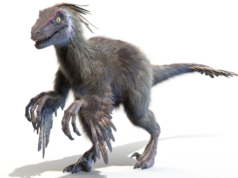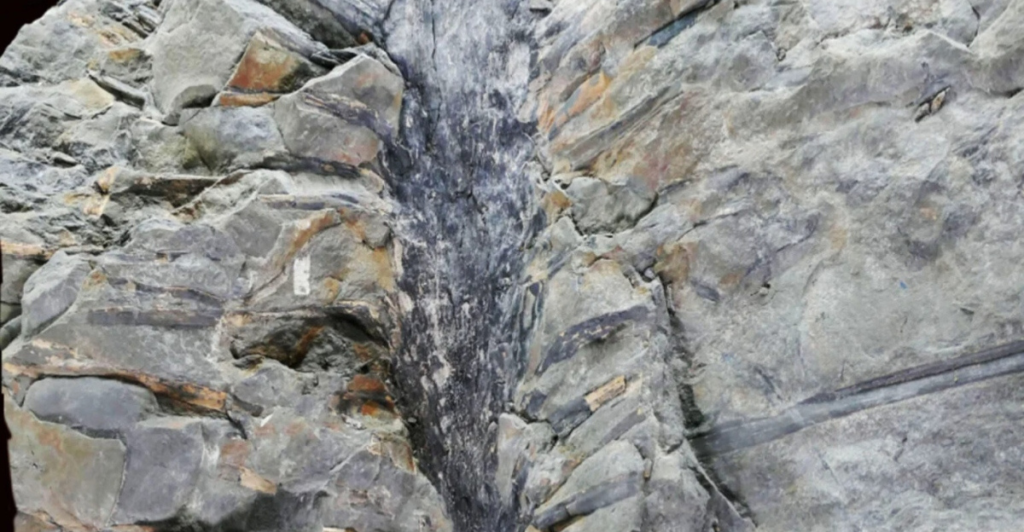
Fossils are always monumental discoveries, and a discovery in Canada is no different. Scientists in Canada have uncovered an amazing find that offers insight into prehistoric Earth’s amazing environment. A cluster of trees more than 350 million years old has been found in New Brunswick.
The tree fossils that were uncovered in New Brunswick were in exceptional conditions given their age. These trees from 350 million years ago belong to a species named Sanfordiacaulis densifolia. This species thrived in the Carboniferous period.
The Carboniferous period is often noted as a time with an explosion of genetic diversity in plant species. This discovery could give us insights into prehistoric forests and fill in gaps in early tree evolution.
Unique Trees
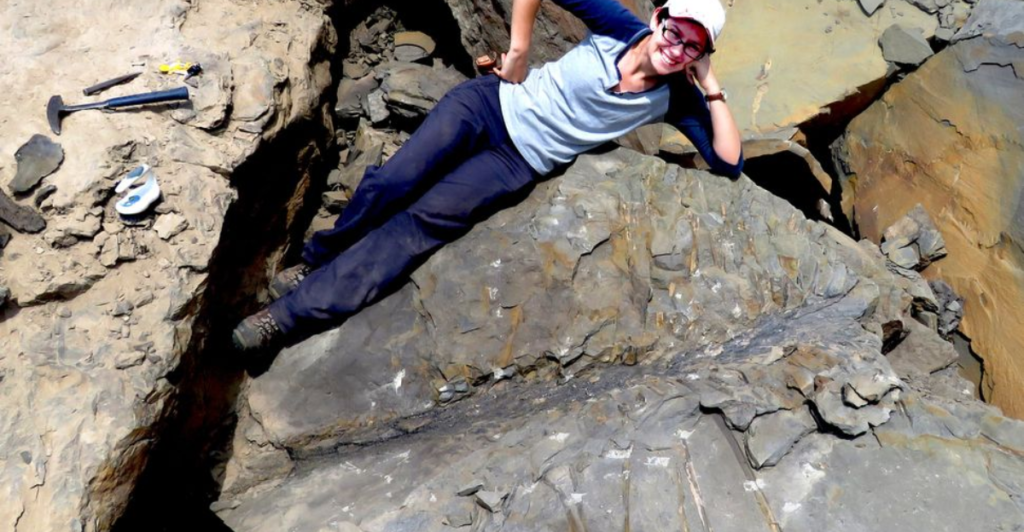
Sanfordiacaulis densifolia was an early tree species and has little similarities to modern ones found today. It had an extremely narrow trunk, which was only around six inches wide. Despite this thin trunk, the top of the tree had canopies that could span more than 18 feet in diameter.
The crown of the trees were well preserved, showcasing massive canopies that had over 250 compound leaves that sprouted from 2,5 foot long branches. These trees would look out of place today and may be mistaken for some kind of fictitious species from a fairytale.
Biologist Patricia Gensel commented on the bizarre appearance of the trees, calling them a “Dr. Suess-like creation.” The unique structure of the tree meant it most likely had to compete for sunlight within dense forests of other trees.
Evolution
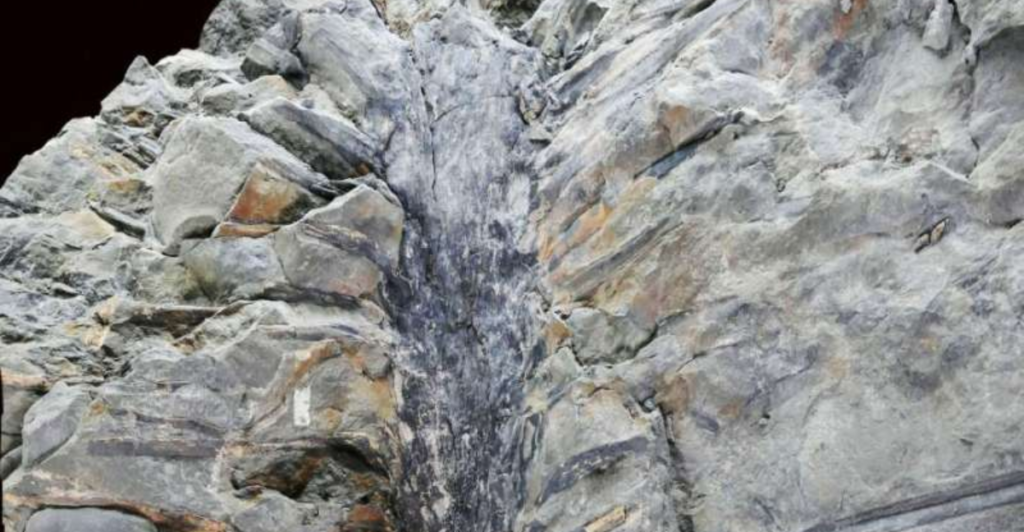
The strange proportions of the tree showcase a time when the evolution of plants was in an experimental phase. Plants during this period diversified quickly. Paleontologist Professor Robert Gastaldo noted, “This was a time of great experimentation in plant life, as species adapted to fill ecological niches.”
Sanfordiacaulis densifolia was most likely found in the sub-canopy layer of Earth’s prehistoric forests. This meant that it grew next to much larger trees that would receive the majority of sunlight. This meant that the species had to quickly adapt in order to survive.
The unique strategy that the tree species adopted to compete with other species highlights a period where life was testing different survival techniques. Even 350 million years ago, life was quick to evolve when encountering barriers.
The Fossils
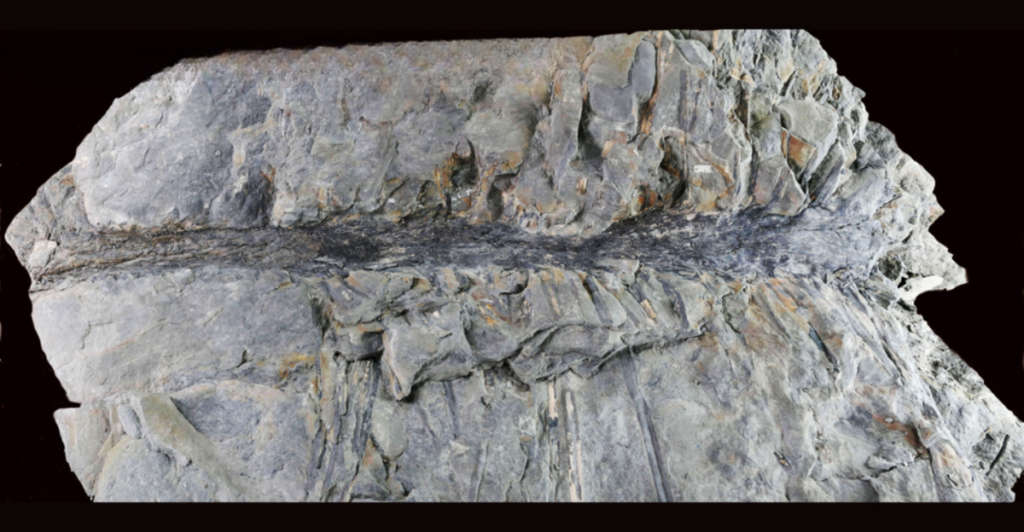
The fossils were discovered in Valley Waters, New Brunswick. The rock quarry was once a tropical wetland that incorporated a deep lake. Researchers have found that mudslides and earthquakes were common and would bury vegetation beneath ground and soil.
The trees were in incredible condition, including their trunk, crown, and leaves. This has allowed researchers to study them in amazing detail. Tree fossils are usually uncovered in poor condition, usually being just a stump.
The first of the fossils were uncovered seven years ago, with the rest of the fossils being uncovered over the years. As scientists were able to reconstruct an entire tree in detail, this has had implications for early trees of the time period and their evolution.
Unique Preservation
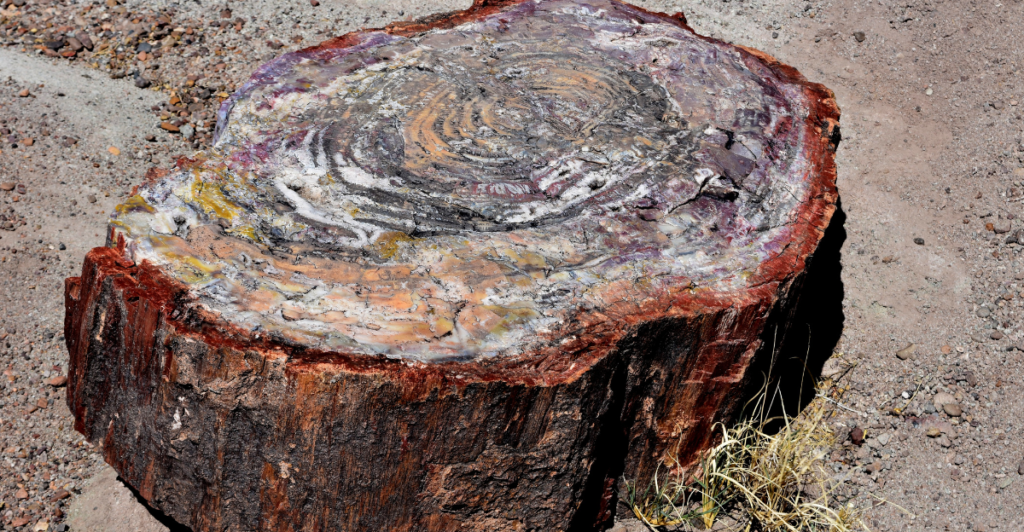
The trees have been studied, and part of what makes the discovery so extraordinary condition of the crown of the tree. With many tree fossils only being a stump, the study of the leaves and branches is a unique opportunity that has only happened a handful of times.
Gastaldo explains, “It’s one of only a few fossils in which the trunk and crown are preserved together.” The research of the intact tree has allowed scientists to come to new conclusions about the tree’s structure and growth patterns.
This rare view into how this prehistoric tree would have grown and what kind of environmental factors forced it to evolve offers a new understanding on what ancient forest ecosystems would have been like.
Prehistoric New Brunswick
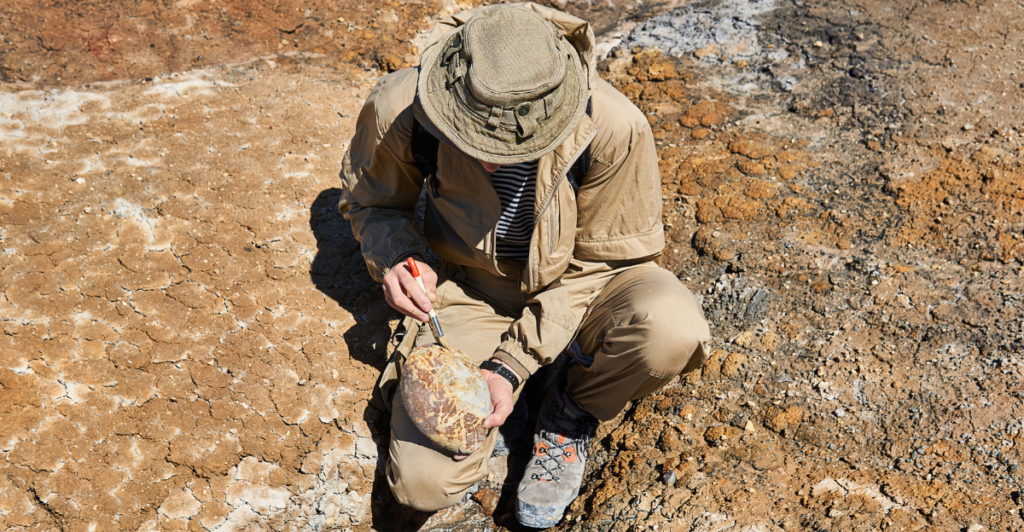
The Earth has shifted and changed over millions of years, and at the time this tree fossil was alive, prehistoric New Brunswick would have been close to the equator, which has implications on what the environment was. The area would have had a more tropical climate, which significantly contrasts with what it is today.
The region would have been dotted with lush wetlands and thick forests. This is the kind of environment where our tree fossil would have survived and thrived due to it’s bizarre evolutionary adaptations.
Matt Stimson, Assistant Curator of Geology at the New Brunswick Museum, notes, “This was a time of flux when plants and animals were adapting to life on land.”
Modern Tree Comparison
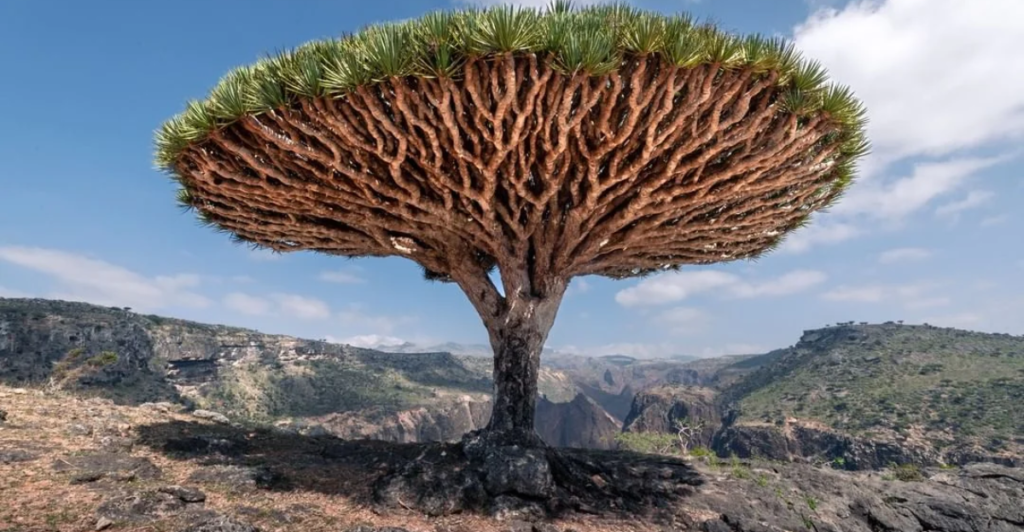
Sanfordiacaulis densifolia may have a few similarities when compared to certain modern day ferns and palm trees. However, the actual structure of the tree is completely unique and highlights the aforementioned experimental period 350 million years ago.
Most modern day trees concenctrate all of their leaves at the ends of branches that sprout from the top of the tree. This is different from many prehistoric trees, which had leaves that wrapped tightly around their entire trunk. Sanfordiacaulis densifolia is one of the trees.
Patrica Gensel emphasizes, “This is a totally new and different kind of plant.” From research, the ancient tree is thought to have specialized within its environment. This suggests that it is a now-extinct evolutionary path.
Paleobotany
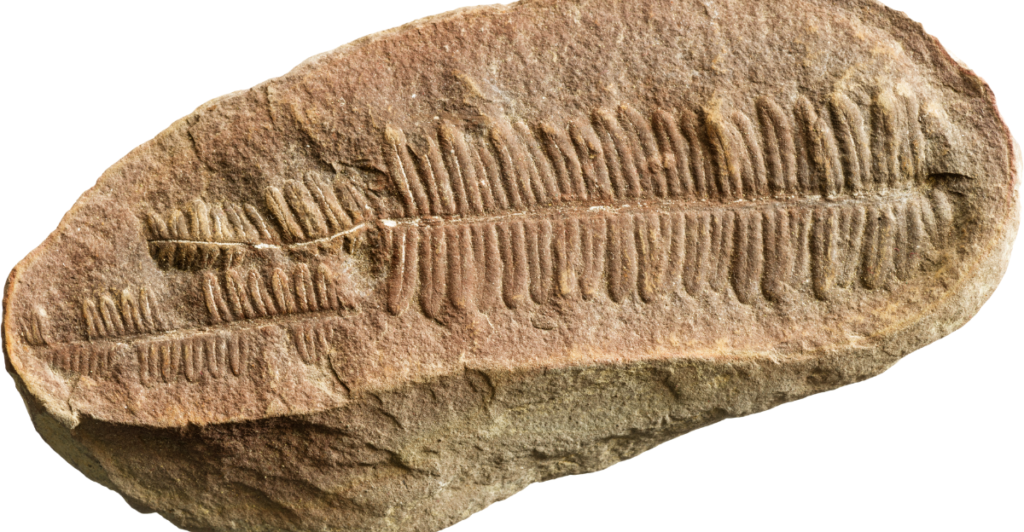
The discovery of Sanfordiacaulis densifolia is an extraordinary find within paleobotany. Geoscientist at Pennsylvania State University, Peter Wilf, commented on the find, “This fossil is a milestone in understanding how early forest structures evolved.”
With its amazing condition, research on the fossil has showcased evidence of a huge plant diversification during the Carboniferous period on Earth. This period would have laid the foundations for the modern ecosystems and their biodiversity that we see today.
Without the dedication of researchers and scientists working in paleobotany, we wouldn’t understand a lot of Earth’s heritage in its trees and plant life. Through these efforts, we have unique insights into where our planet comes from and its unique history.
Challenges

Like most scientific research, the study of Sandfordiacaulis densifolia had its challenges. Uncovering and studying these ancient fossils is a complicated and time-consuming process. Through modern technology, such as spore aging, the research team was able to determine the once-living tree’s age and create accurate digital renderings.
“Science takes time. Big claims require big proof, and we had to be absolutely certain of our findings.” Matt Stimson explains. The team also faced complications when trying to reconstruct the shape of the fragmented fossil pieces on a three-dimensional plane.
This meticulous work required a lot of dedication and passion to find out more about the ancient tree species that once thrived in modern-day Brunswick.
Implications On Evolution
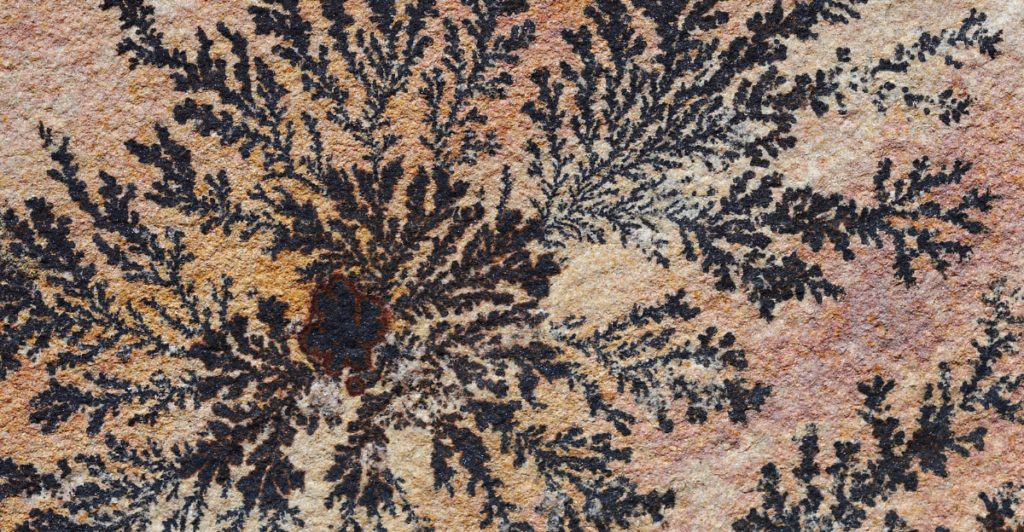
Even if the prehistoric tree fossil died out and never made it to the present day, its discovery highlights the early evolution of trees and may give us insight into its shared ecosystems.
Robert Gastaldo concludes, “This fossil helps us understand how forests developed into the complex ecosystems we see today, supporting much of the biodiversity on our planet.”
As scientists continue to study the fossil and many others, we can piece together the history of Earth and how it evolved over millions of years into the modern ecosystems and habitats that we get to share it with today.
Explore more of our trending stories and hit Follow to keep them coming to your feed!

Don’t miss out on more stories like this! Hit the Follow button at the top of this article to stay updated with the latest news. Share your thoughts in the comments—we’d love to hear from you!



